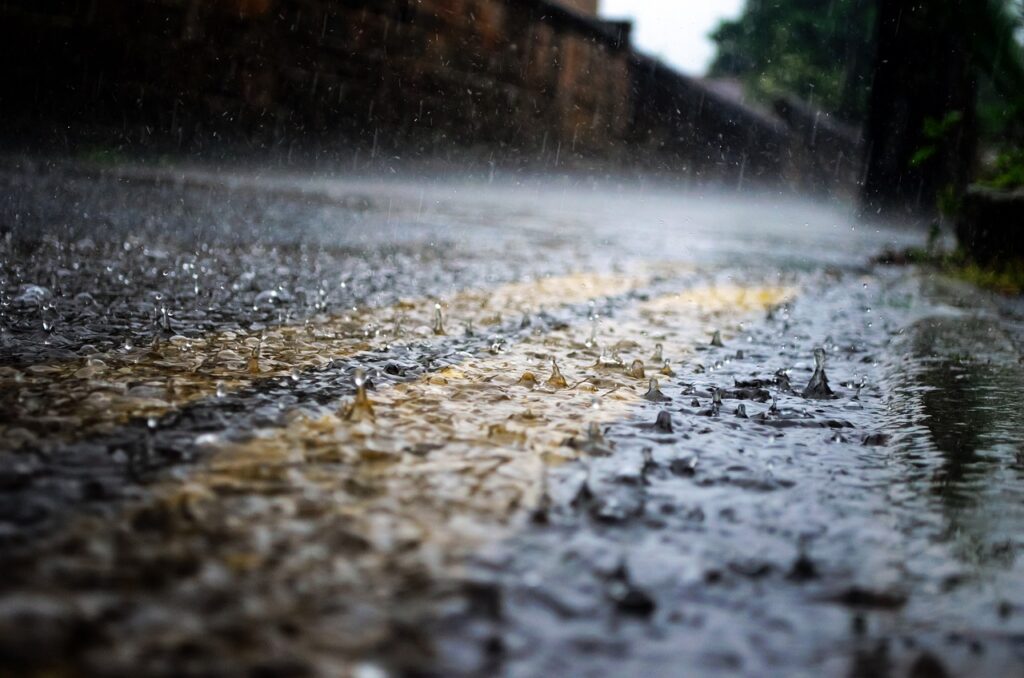Indian Monsoon

The “Indian Monsoon” refers to the seasonal wind patterns and rainfall that occur in the Indian subcontinent. It is a vital climatic phenomenon that significantly affects the region’s agriculture, economy, and overall way of life.
Key points about the Indian Monsoon:
- Seasonal Reversal of Winds: The monsoon is characterized by a shift in wind patterns. During the summer months, warm air rises over the landmass, creating a low-pressure area. Cooler, moist air from the Indian Ocean is drawn in to fill this void, bringing in moisture-laden winds from the southwest. This is known as the southwest monsoon.
- Rainfall Patterns: The southwest monsoon is responsible for most of the rainfall in India. It usually begins in June and continues until September. The amount and distribution of rainfall during the monsoon season play a crucial role in determining agricultural productivity and water availability.
- Importance for Agriculture: Agriculture in India is heavily dependent on the monsoon. The timely arrival and distribution of rainfall are critical for the cultivation of crops. A good monsoon season can lead to bumper harvests, while a weak or delayed monsoon can result in droughts and crop failures.
- Monsoon Variability: The monsoon’s intensity and duration can vary from year to year. Factors such as the El Niño and La Niña phenomena, ocean temperatures, and atmospheric conditions in the Pacific and Indian Oceans can influence the monsoon’s behavior.
- Economic Impact: The Indian economy is closely linked to the monsoon due to its impact on agriculture. A poor monsoon can lead to food shortages, inflation, and negative economic growth, while a strong monsoon can boost agricultural output and economic prosperity.
- Floods and Droughts: The monsoon’s variability can lead to extreme weather events, such as heavy rainfall causing floods or insufficient rainfall causing droughts. Both scenarios have significant consequences for communities, infrastructure, and agriculture.
- Monsoon Onset and Progression: The onset of the monsoon is eagerly awaited every year. It usually begins over the southern state of Kerala and then progresses northward, covering the entire country over the course of a few weeks.
- Monsoon and Culture: The monsoon is deeply embedded in Indian culture and festivals. It is celebrated in various ways across different regions, and its arrival is often greeted with joy and relief.
- Monsoon Forecasting: The accurate prediction of the monsoon’s behavior is of paramount importance. Meteorological agencies use advanced modeling techniques to provide forecasts about the onset, progress, and intensity of the monsoon.
The Indian Monsoon is a complex phenomenon influenced by global climatic factors, local geography, and ocean-atmosphere interactions. Its impact on the Indian subcontinent makes it a topic of great interest and importance to scientists, policymakers, and the general public.

